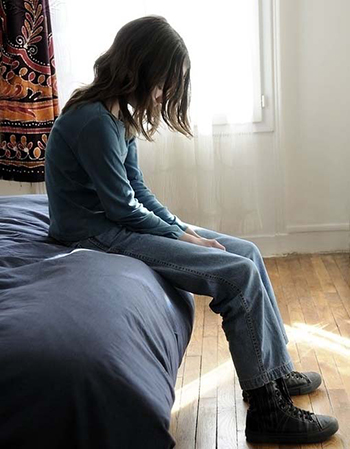Session 1: ‘A crisis in context’
Introduction
It is possible that you are taking this course because you are worried about a young person close to you, or because you are concerned by adolescent mental health issues in general. What do you already understand about adolescent mental health? Are communities actually facing a mental health crisis, or is this a crisis that is being blown up in the media? To get started on this topic, listen to Audio 1 in which a parent talks about their experience of trying to understand what is happening in the life of their adolescent child.
Transcript: Audio 1: Parent experiences
Mental health problems can manifest in different ways and generally speaking becomes problematic when it interferes with some aspect of everyday life, including; the ability to learn, to feel, express and manage a range of positive and negative emotions, the ability to form and maintain good relationships with others and to manage change and uncertainty (Mental Health Foundation, 2020).
In the opening audio you heard a parent describe some of the difficulties that her child experienced leading up to a diagnosis of OCD and the value of treatment in providing much needed support. Of course, individual experiences will differ and will reflect the mental health challenges that a young person is facing. The most common mental health problems diagnosed for young people globally include anxiety and depression, often termed emotional disorders, with an increase in self harming behaviours and rates of suicide amongst young adults.
The language used to discuss mental health issues varies and different definitions exist including; mental health, mental health problems and mental illness. These terms are still hotly contested and as you read you will discover a little more about how they shape perspectives and experiences. As the course proceeds you may find that your opinion on what mental ill health is shifts or that how you understand emotional distress in adolescents gains depth.
In this first session, you will consider some statistics showing the extent of mental health issues in young people in the UK, and read about what people actually mean when they talk about ‘mental health’. Terminology and attitudes about mental health have changed dramatically over recent decades, as have the policies and practices designed to help people who experience these issues and those who support them.
The Open University would really appreciate a few minutes of your time to tell us about yourself and your expectations for the course before you begin, in our optional start-of-course survey [Tip: hold Ctrl and click a link to open it in a new tab. (Hide tip)] . Participation will be completely confidential and we will not pass on your details to others.

